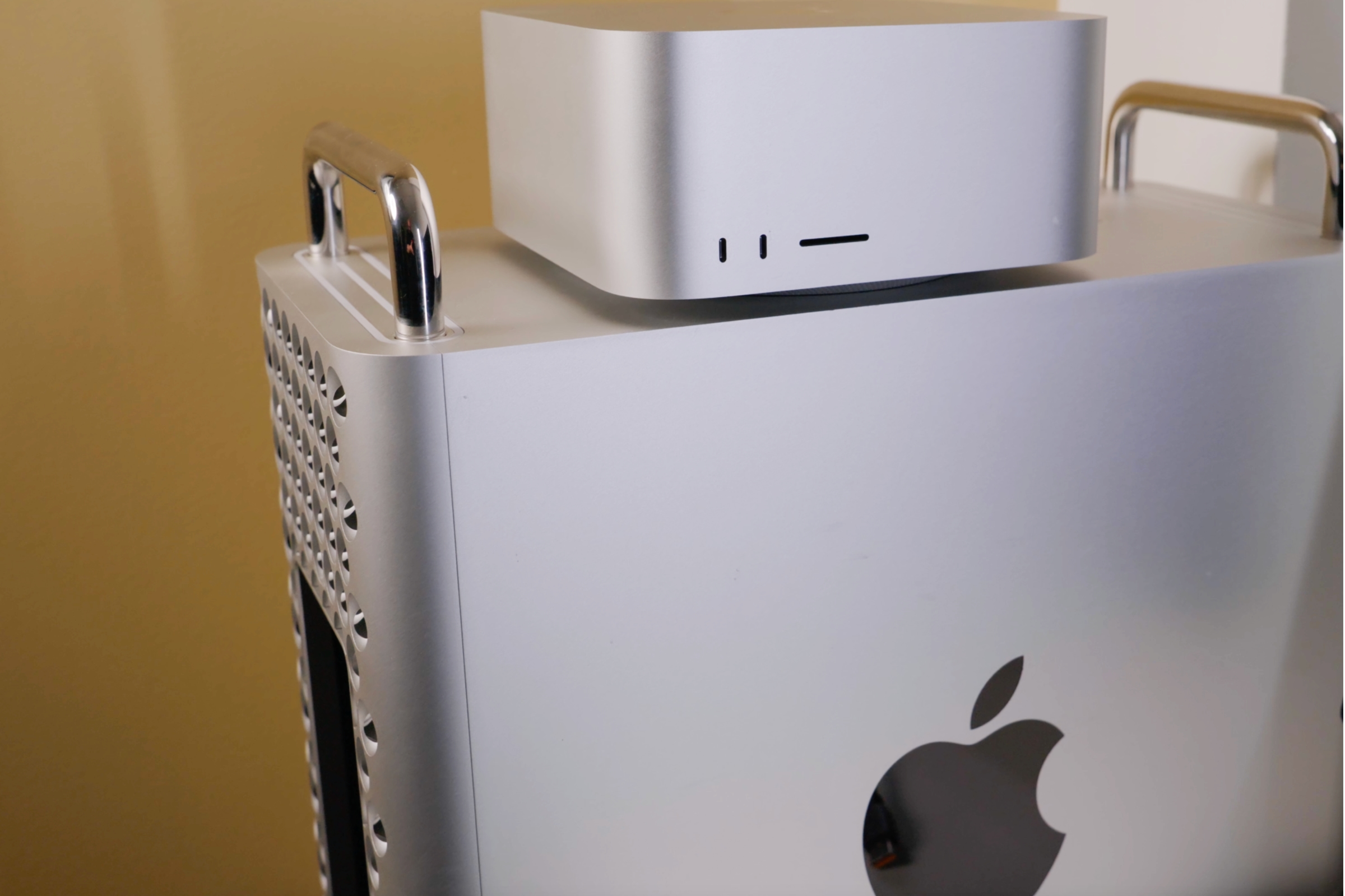The M4 chip is finally coming to Macs. The latest rumors indicate that before the end of the year, we’ll see updates to the MacBook Pro, iMac, and Mac mini, with the Mac Studio, Mac Pro, and MacBook Air getting the same chipset next year.
I’m usually excited about updates of any kind to the Mac lineup. But this time? Meh.
It’s all the iPad Pro’s fault
The new iPad Pro is the only Apple device to sport an M4 chip, and while that’s all well and good for Apple’s tablet, its mere presence dampens any excitement I might have had for any M4 Mac, if only because there’s no mystery to it.
Now that the M4 is out, we know what to expect: a 20% improvement in multi-core CPU performance over the M3 (compared to 10-core CPUs). Any improvement is good, and we haven’t seen the M4 Pro, Max, and Ultra yet, so we’ll see even more gains. These gains aren’t anything special, and even these modest gains only bring the Mac up to par with the iPad. When the M4 is announced, we’ll have to sit through charts and glowing speeches to get what we already have.
But shouldn’t the Mac have more cachet than the iPad Pro? It’s the platform people turn to when it’s time to get serious work done. Not that you can’t get serious work done on an iPad Pro, but it’s a lot harder to manage apps, multitask, and manage large projects in iPadOS than it is in macOS. A Mac with the same M4 chip as the iPad Pro makes it seem like the two are capable of the same things. They’re not.
What’s old is new again, I guess.
Gurman didn’t say exactly when Apple might release the first Macs with the M4 in 2024. It could be as early as September, when Apple is expected to launch the iPhone and Apple Watch, but I’m betting on late October or early November, a time of year when Apple has often released Macs.
That means the M4 MacBook Pro, iMac, and Mac mini will arrive six months after the M4 debuts in the iPad Pro, a long enough delay to make it seem dated. The star of the show will likely be the Mac mini, mainly because of its new design, but also because it skipped the M3 altogether. The iMac and MacBook Pro will be another small spec bump.

The M4 debuted on the iPad Pro, not a Mac.
Thiago Trevisan/Foundry
And that’s just the beginning: When it arrives in the MacBook Air, Mac Studio, and Mac Pro, it will be almost a year old. Granted, the Mac Studio and Mac Pro still use the M2 Max and M2 Ultra chips, so the M4 will still be a welcome upgrade. However, after launching the M2 at WWDC, the MacBook Air is going to feel like an afterthought when it gets a nearly year-old chip next year. Updates are always nice, but the M4 Air is going to be a lot less exciting than the initial release.
Sit and wait for the M5
At this point, it would be better for Apple to skip the M4 cycle and jump straight to the M5 in 2025. People are holding on to their Macs for longer – even though the M4 offers a significant 60% improvement over the M1, the latter is still plenty fast enough for most people who invested in it. If the M5 sticks to the pattern of a 20% increase over its predecessor, that could mean the fifth-gen chip will be 80% faster than the M1. That’s a lot more compelling.

At this point, an M5 Mac Studio and Mac Pro seem more compelling than the M4-based models.
Thiago Trevisan
But that’s just the speed of a multi-core processor. There’s much more to it. The M5 is reportedly the first Apple chip to be built with a new 3D silicon stacking process that would improve thermal dynamics and electrical efficiency. It could also significantly improve battery life, a feature Apple could develop further and could be a major marketing argument.
And of course, there’s AI. Apple says its upcoming Apple Intelligence features work with any M-series Mac, so Apple Intelligence isn’t a motivator for M1 or M2 Mac owners to upgrade to an M4 Mac. But Apple could improve AI performance with an M5. An M5 with not only a faster set of CPU cores and longer battery life, but also improved AI performance is a worthwhile upgrade.
An M5 Mac in 2025 will come five years after the M1, and that also means that those still holding on to their Intel Macs – which will be well over five years old by 2025 – will finally be able to upgrade, so an M5 Mac will be their first M-series Mac. With what the M5 could potentially offer, this could be a breakout year for Mac sales.
The wait was worth it
We’ve heard that the M5 will be the first Apple chip made using a 2nm process, and testing of that process only began last month. TSMC, which makes Apple’s chips, will need time to work out the kinks in its process. It could be ready for mass production by the second half of 2025.
The M5 Mac is shaping up to be a much more impressive Mac than any M4 Mac. So much so that Apple would probably be better off ditching the M4 altogether and offering a worthy upgrade to the Mac.
Table of Contents



